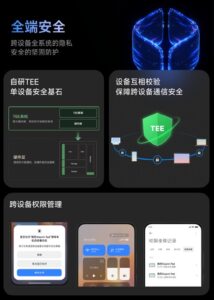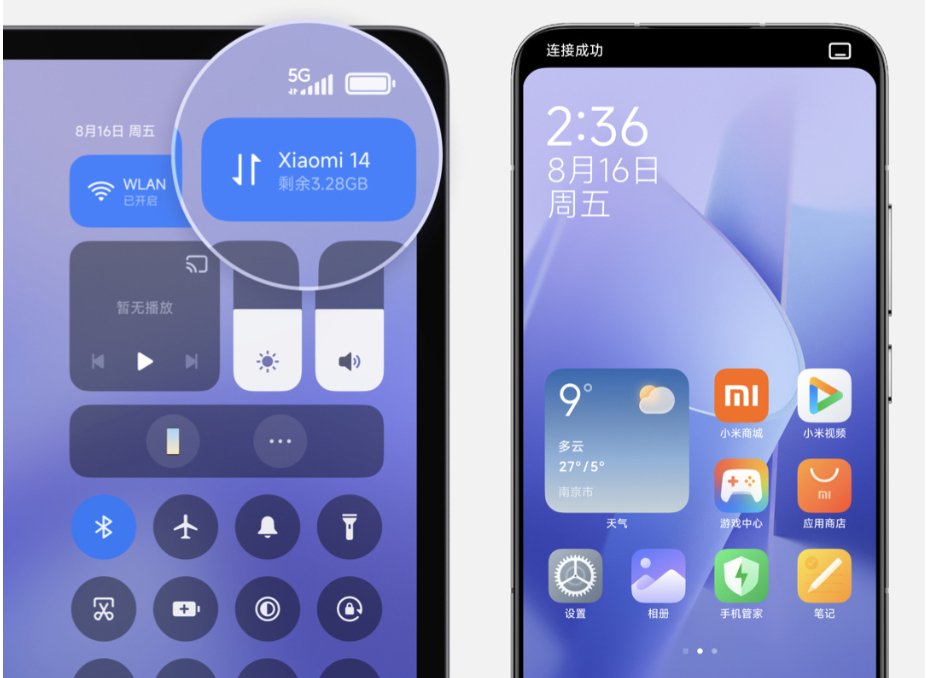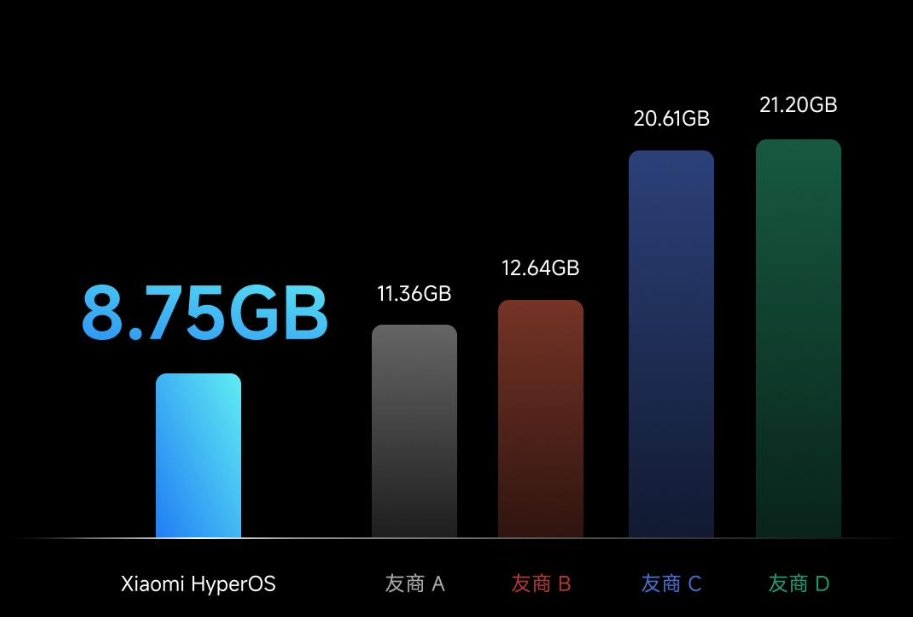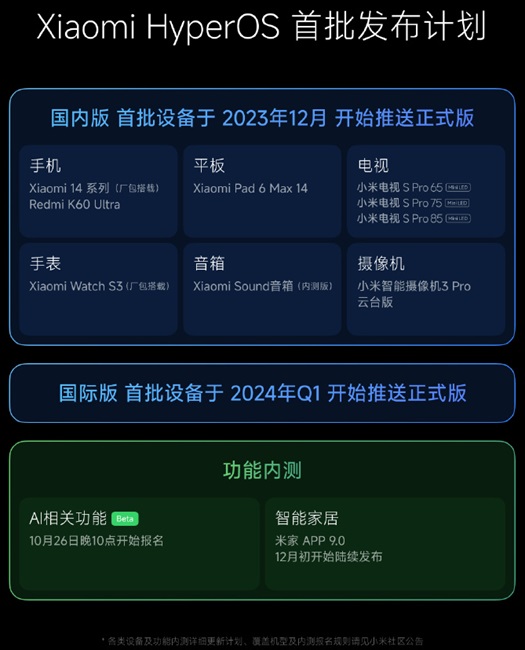Xiaomi’s smartphones have been powered by MIUI for over a decade. MIUI 14 has been hailed as the best and lightest version yet, after the company made a lot of progress recently. At least in China, it had some neat features.
Xiaomi has now announced HyperOS, which effectively kills MIUI with its new operating system. In addition to a smaller firmware size, HyperOS provides improved security, performance, and multitasking.
User Interface & Performance:
Despite Xiaomi’s detailed description of HyperOS, we’ll keep it short and sweet for you. Firstly, the user interface has been changed. With new templates, fonts, and widgets, you can customize the lock screen even further. Compared to MIUI 14, the control center is more refined and streamlined. The app icons in HyperOS, however, appear similar to those in MIUI 14.
To date, HyperOS is Xiaomi’s most significant operating system overhaul. As a result of this transformation, startup times have been significantly sped up and background app performance has been significantly improved.
Over extended periods of time, I/O performance has been optimized in the file system. For smoother motion effects, the graphics subsystem introduces real-time blurring.
Security & OS size:
Besides the new security features, Xiaomi also developed its own TEE security system, which separates sensitive content from other content. Transparent and controllable internet permissions ensure complete visibility into every connection.

According to Xiaomi, HyperOS’ firmware size can be changed according to hardware requirements. It is noteworthy that the firmware for mobile phones is very small, weighing only 8.75GB.
AI features:
Xiaoai Input Assistant for text creation, WPS Document Scanning for text recognition in documents, AI Wonderful Painting for converting doodles into paintings, and AI Image Search for intuitive image retrieval are all powered by HyperOS’ large AI model. There is also a tighter integration between the device and the cloud.
Multi-device support:
It is important to note that the new operating system also enables seamless cross-device collaboration, which allows apps to use the hardware of multiple devices. With Camera Collaboration, you can use your phone’s rear camera in a PC video conference.
By allowing devices to connect to a phone’s 5G network, Network Collaboration boosts connectivity. With Cross-Device Focus Notification, you can view taxi information from your phone on your TV, for instance.
The official release of HyperOS will begin for Chinese models in December 2023 and for international models in the first quarter of 2024. Among the first devices to run the new OS will be the Xiaomi 14 series, the Redmi K60 Extreme Edition, and the Xiaomi Pad 6 Max.









